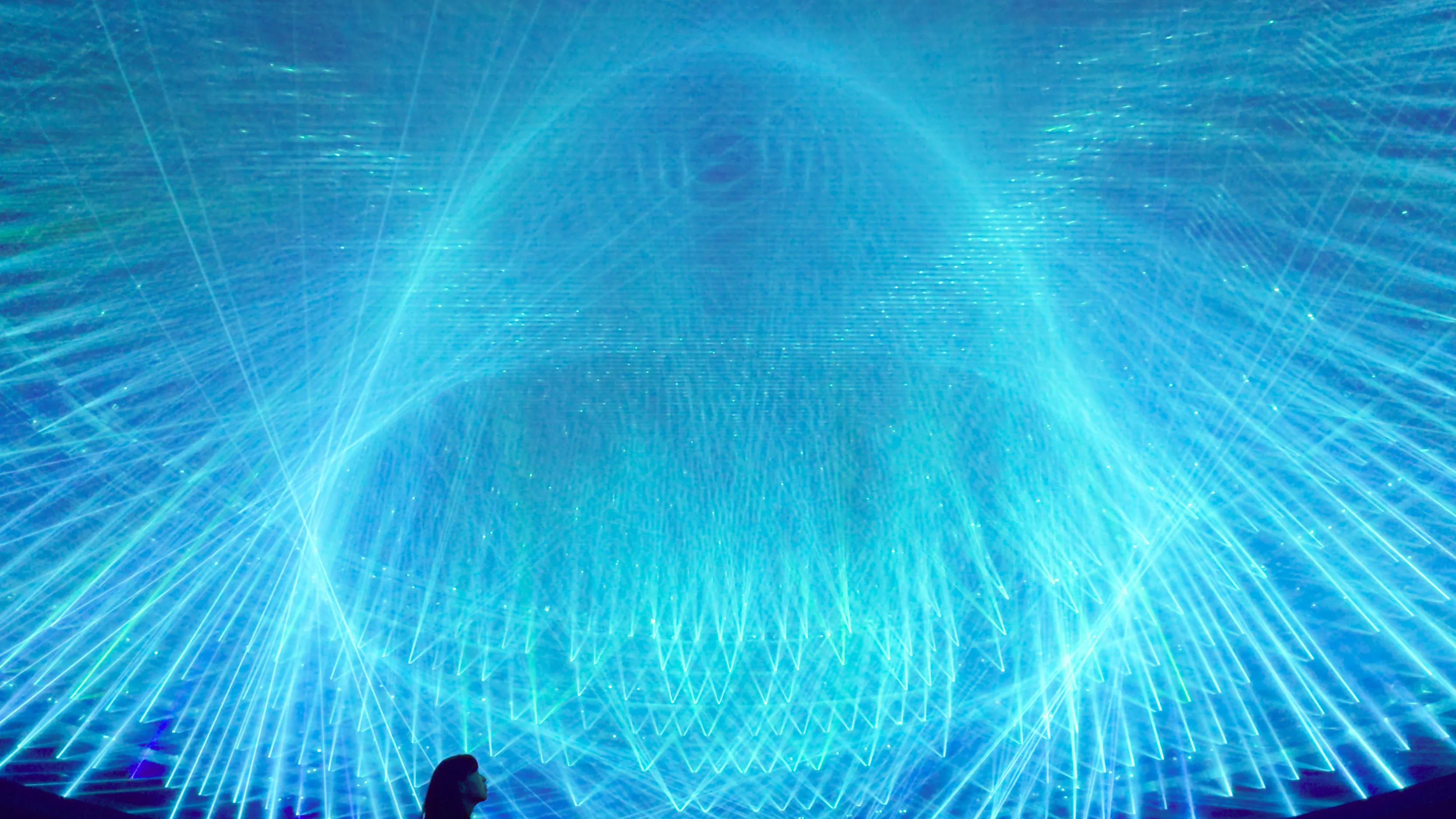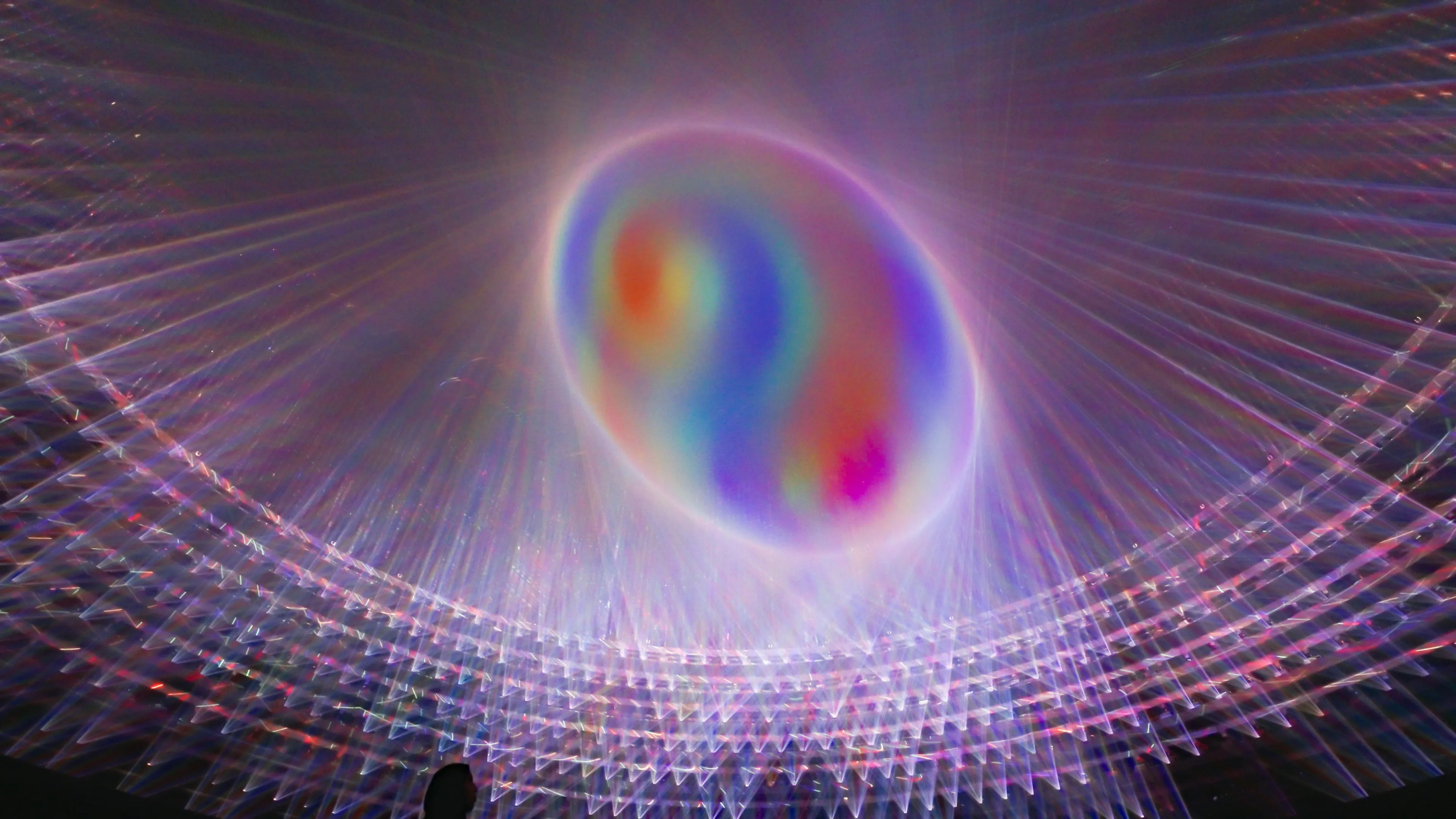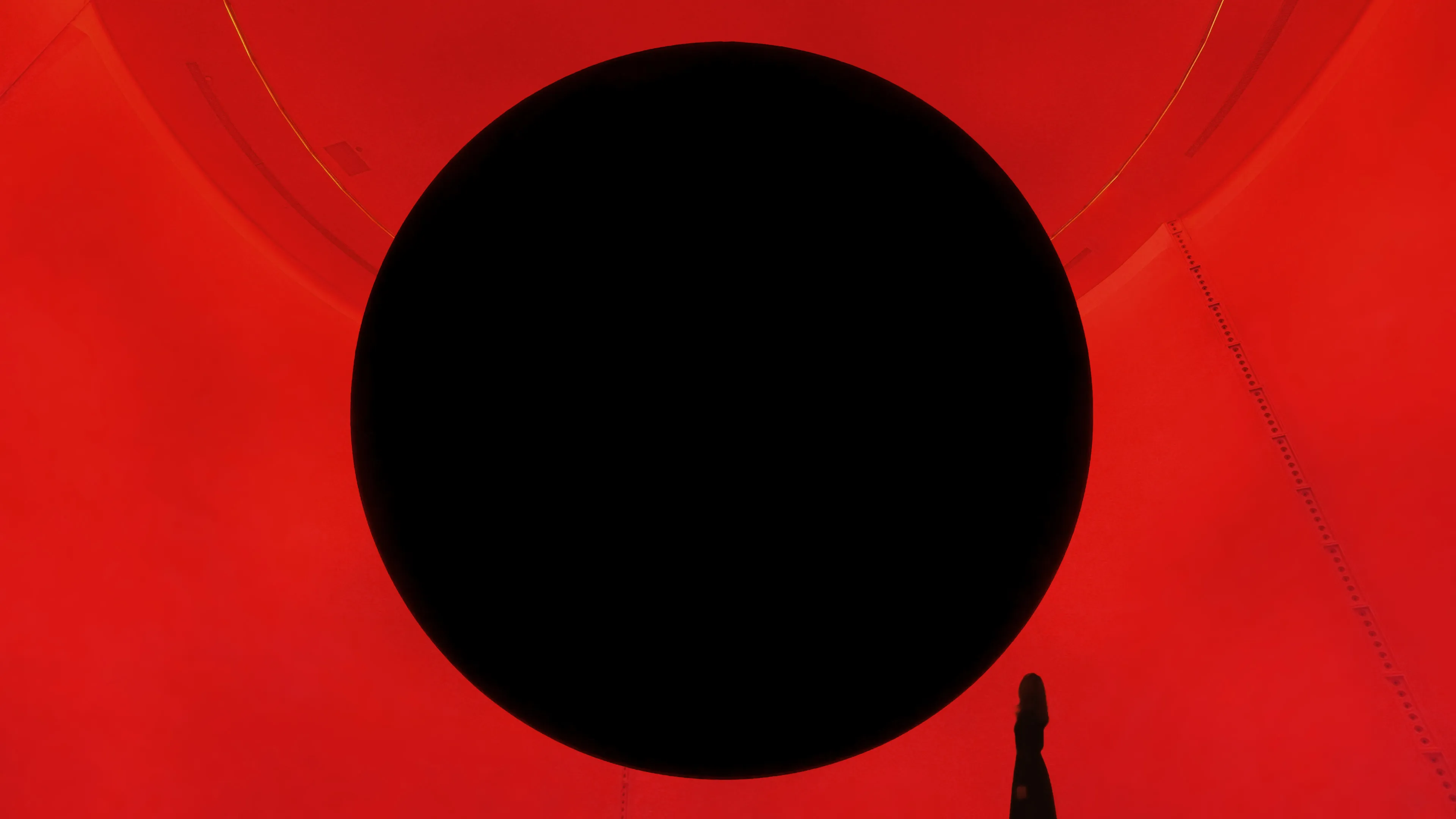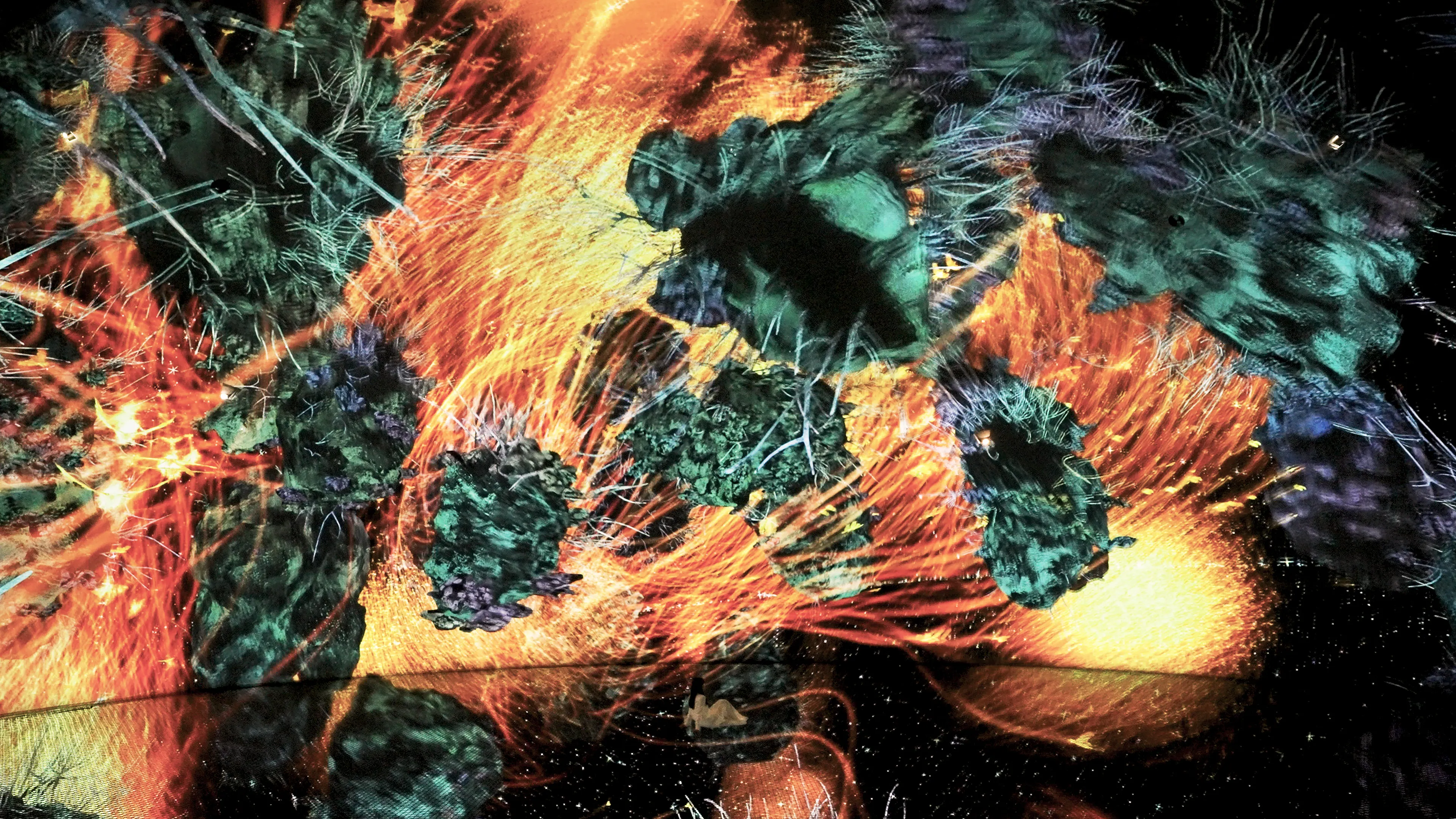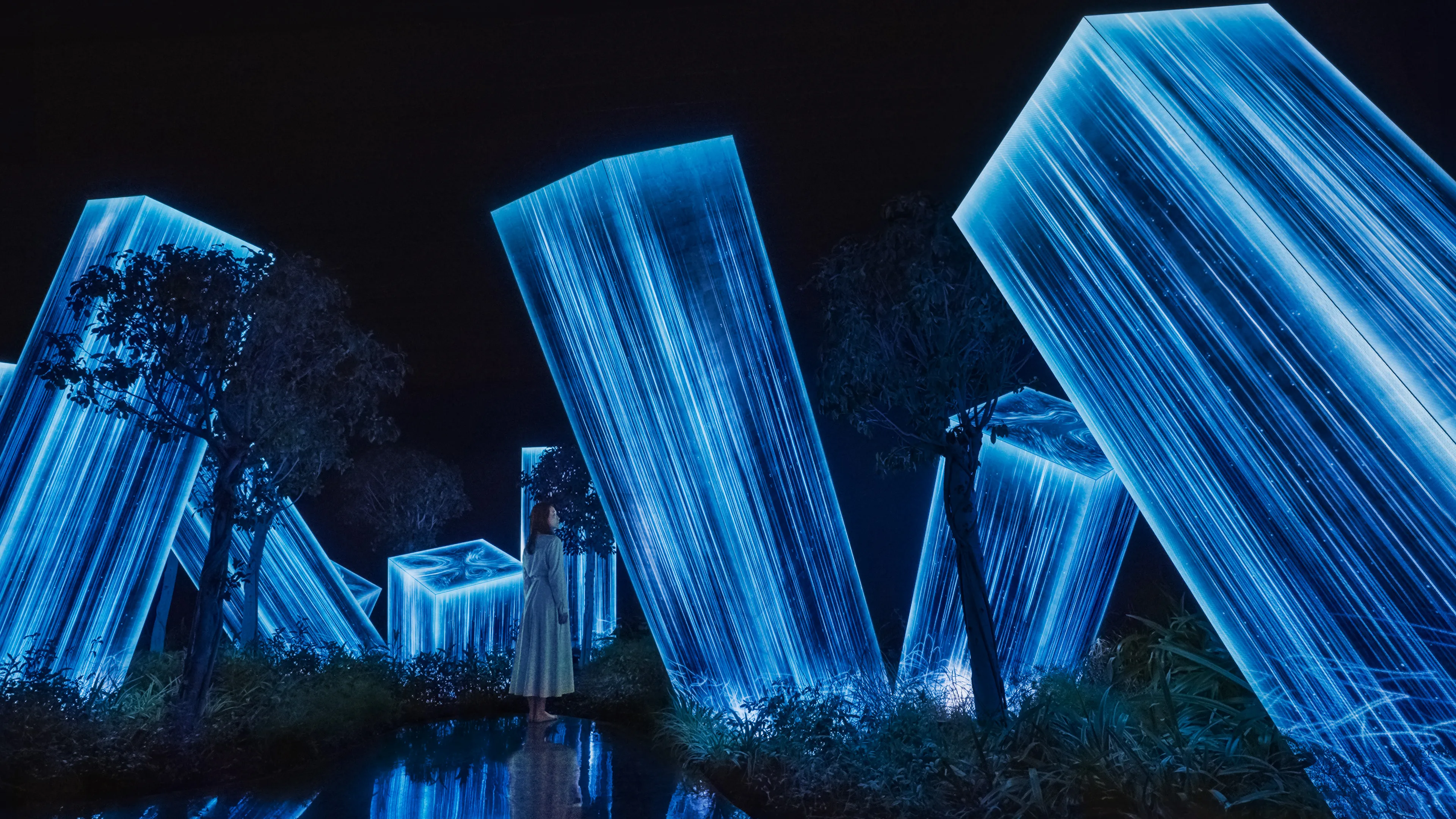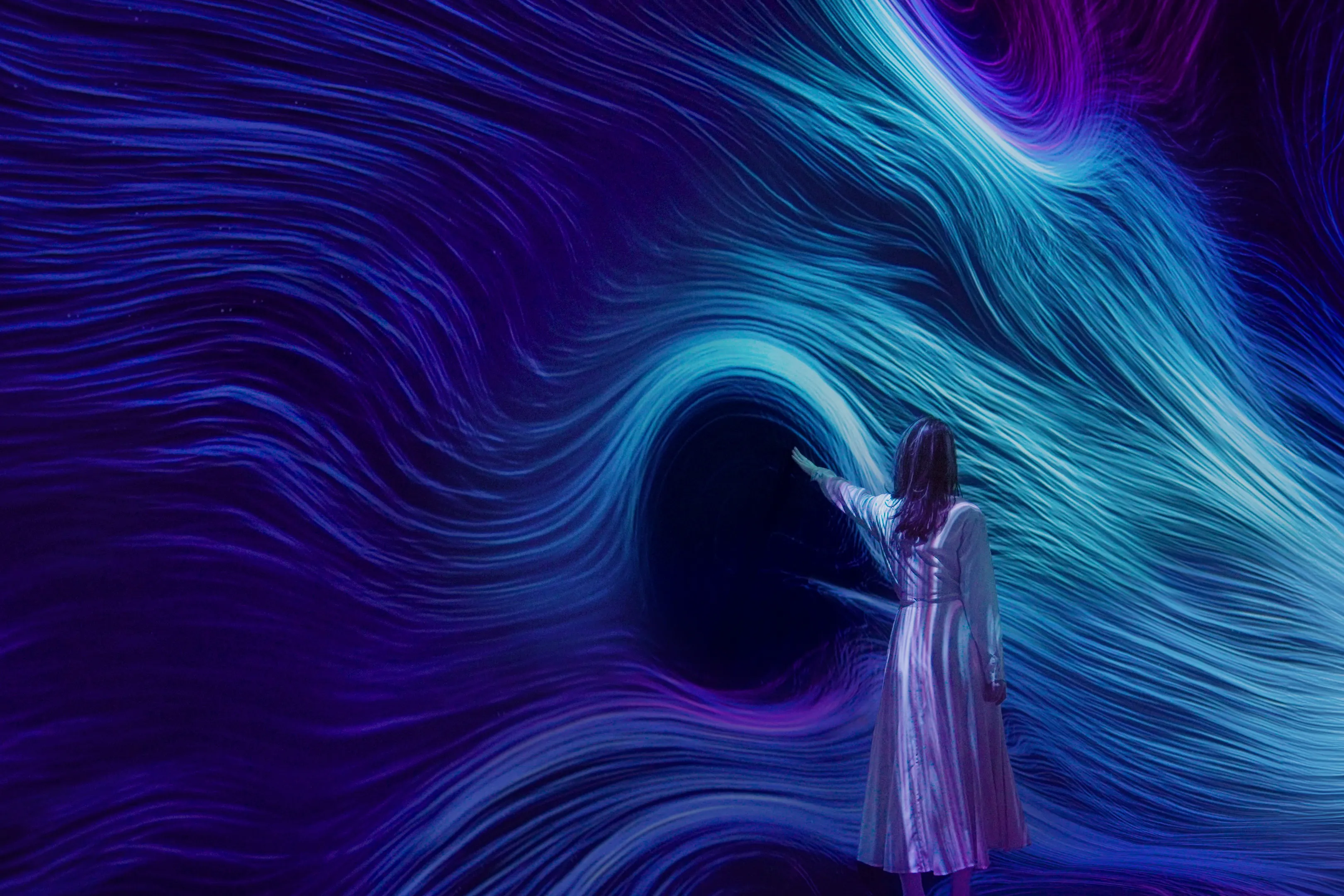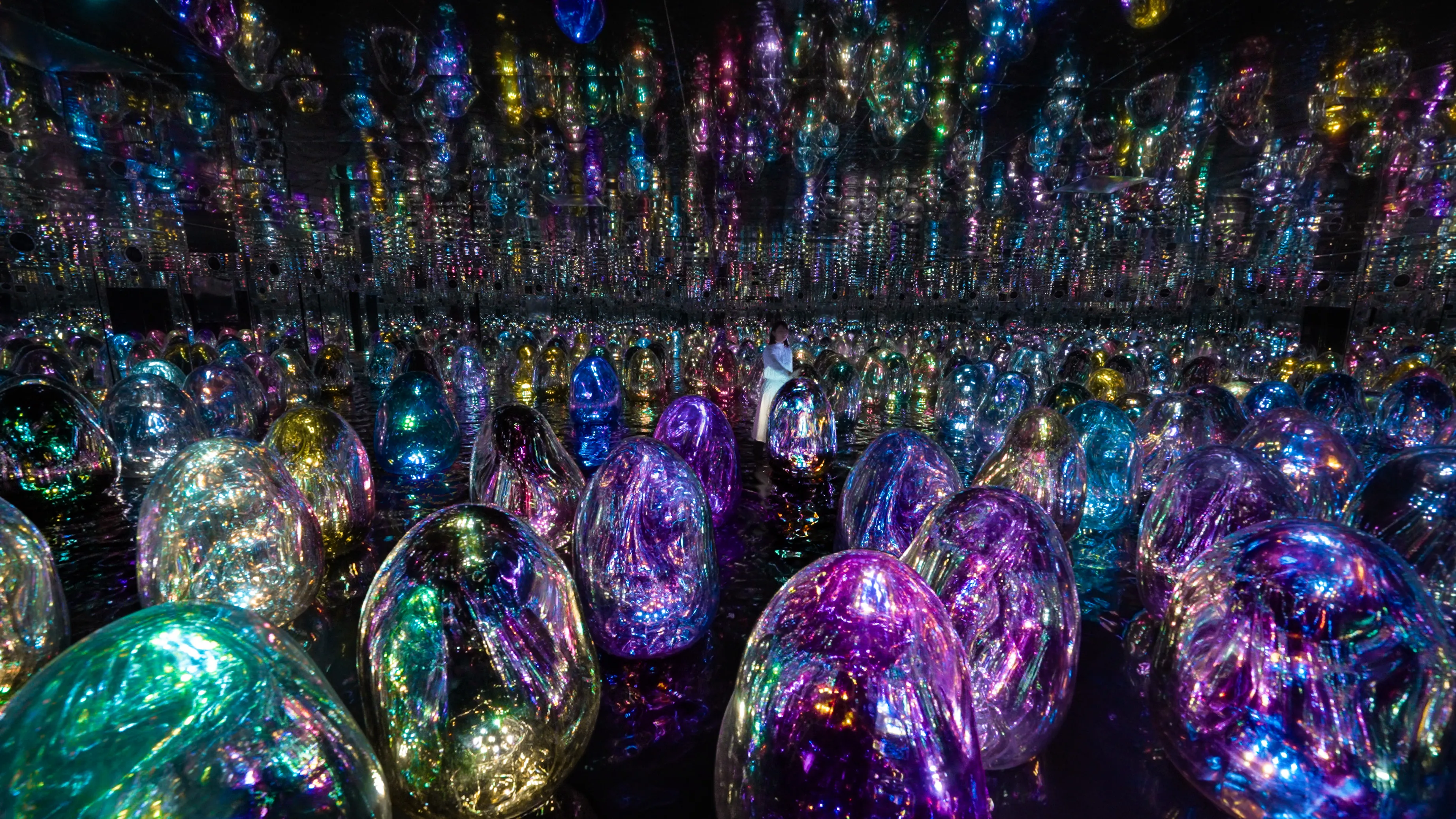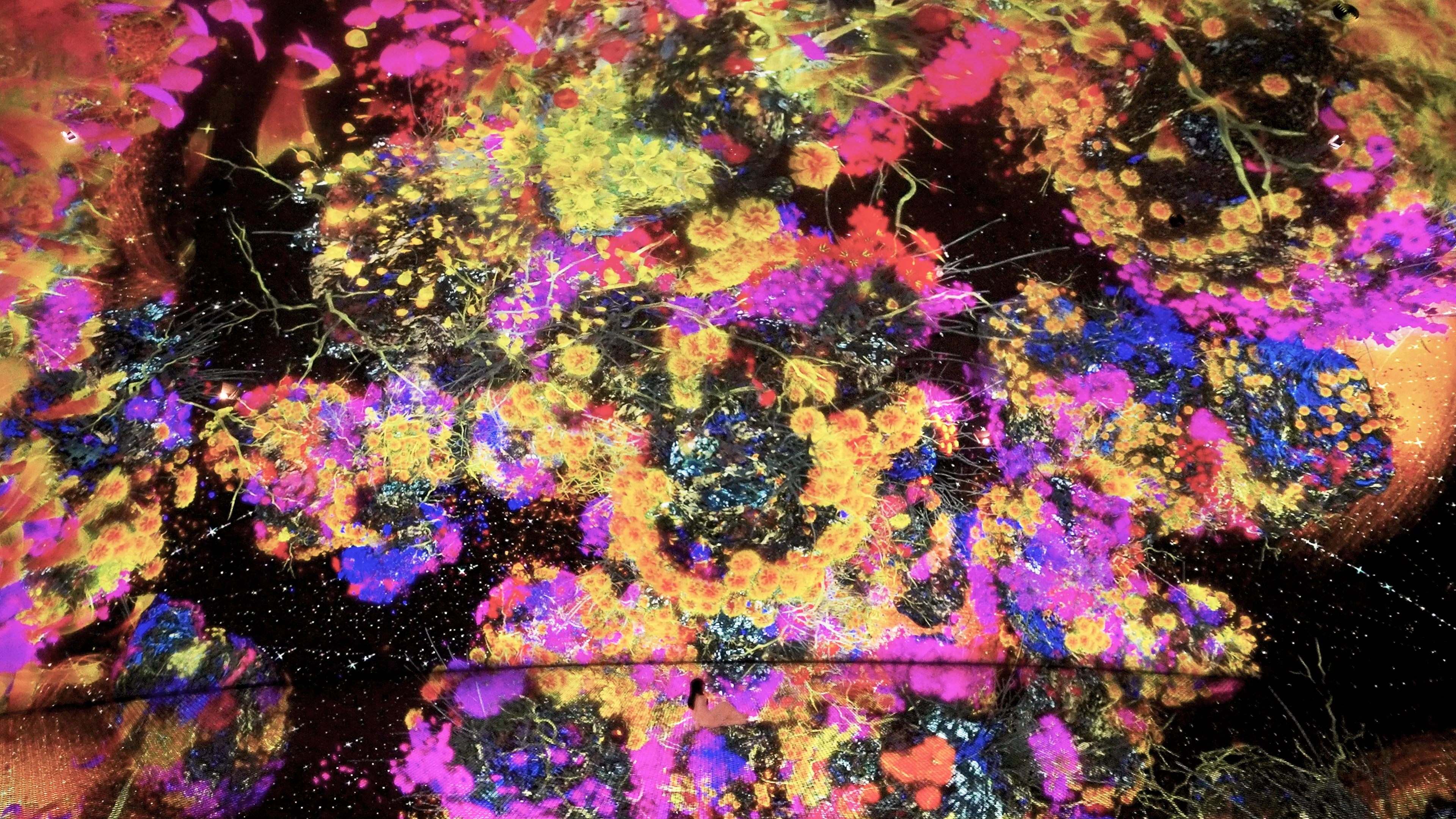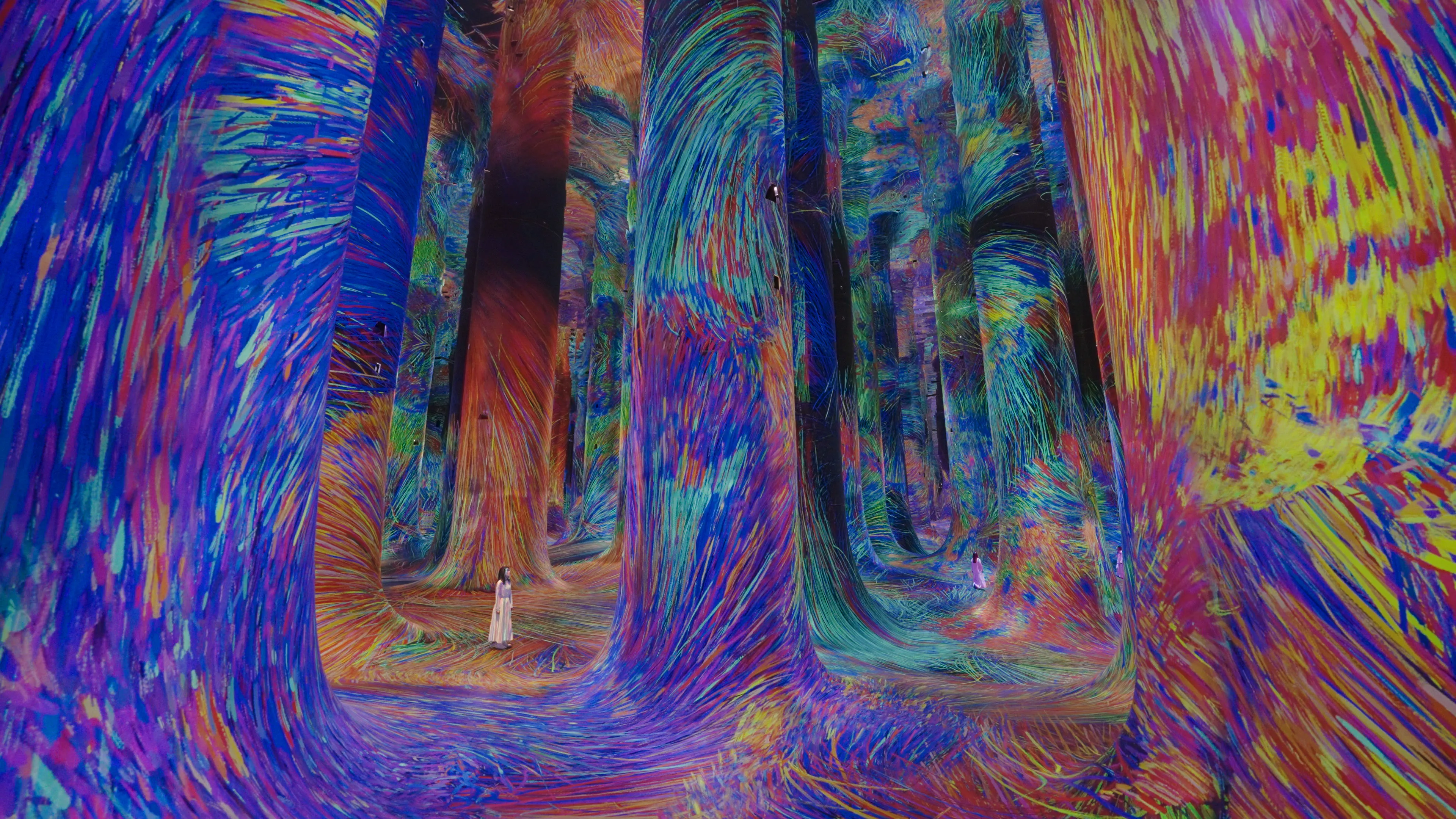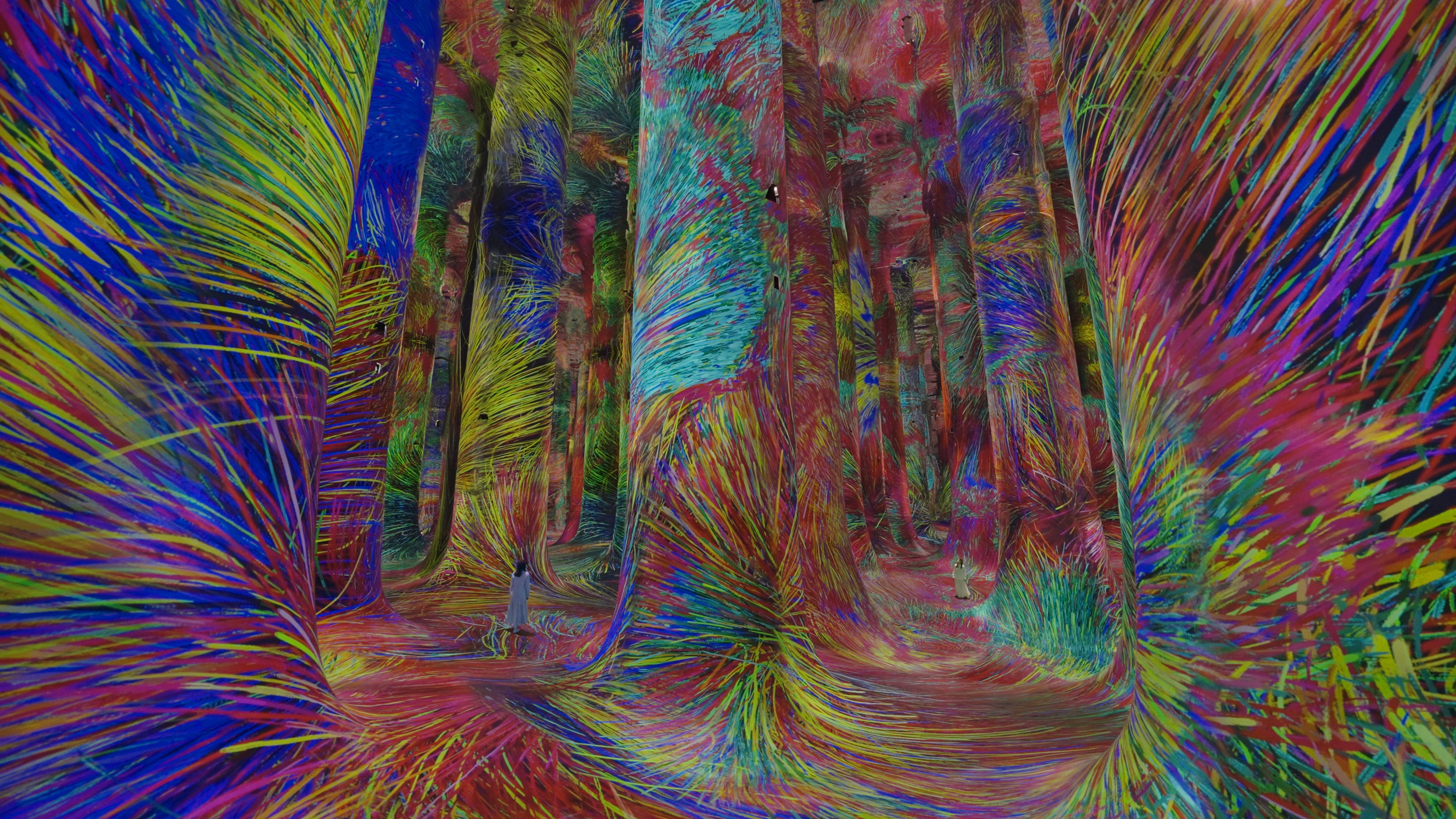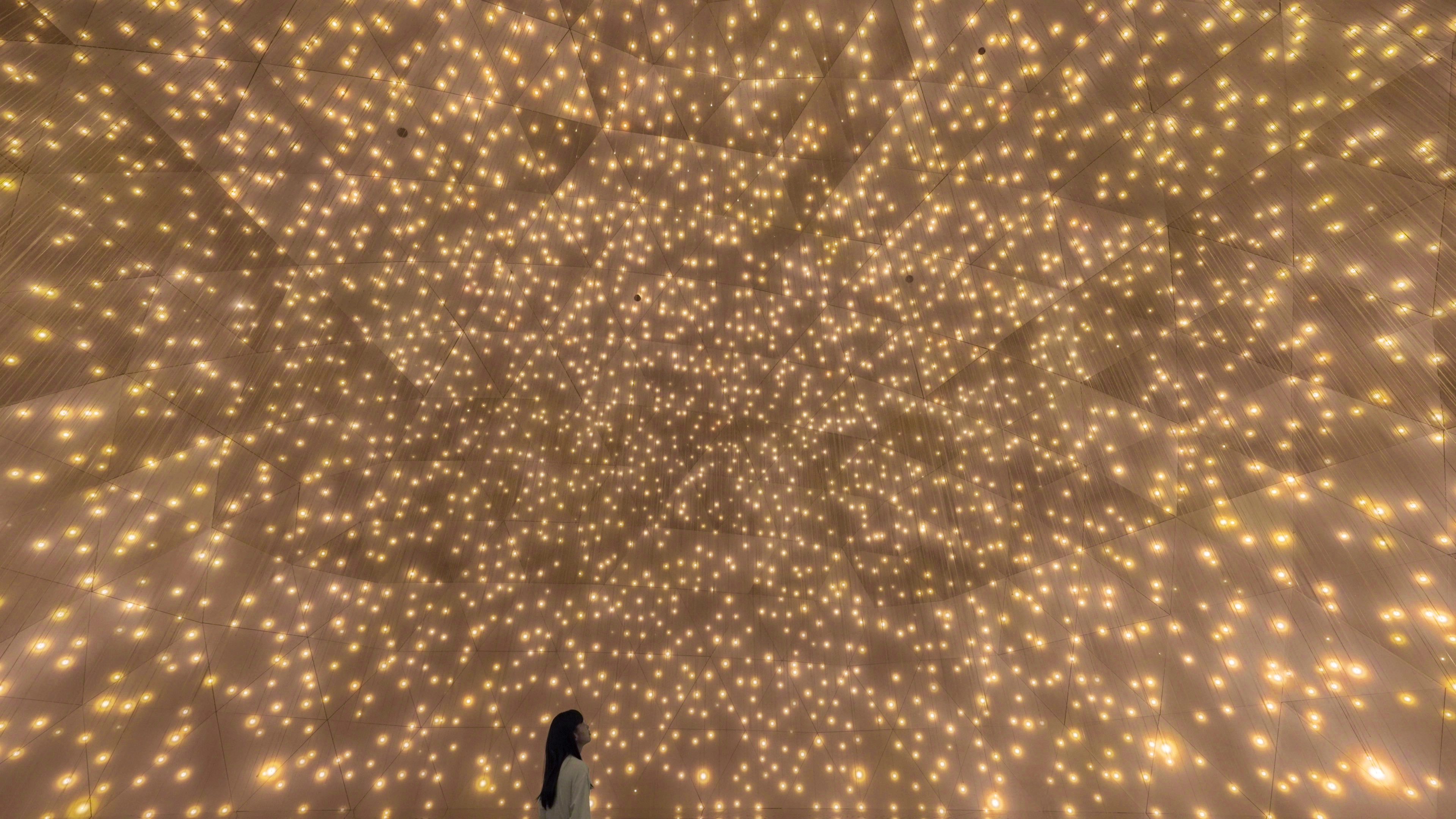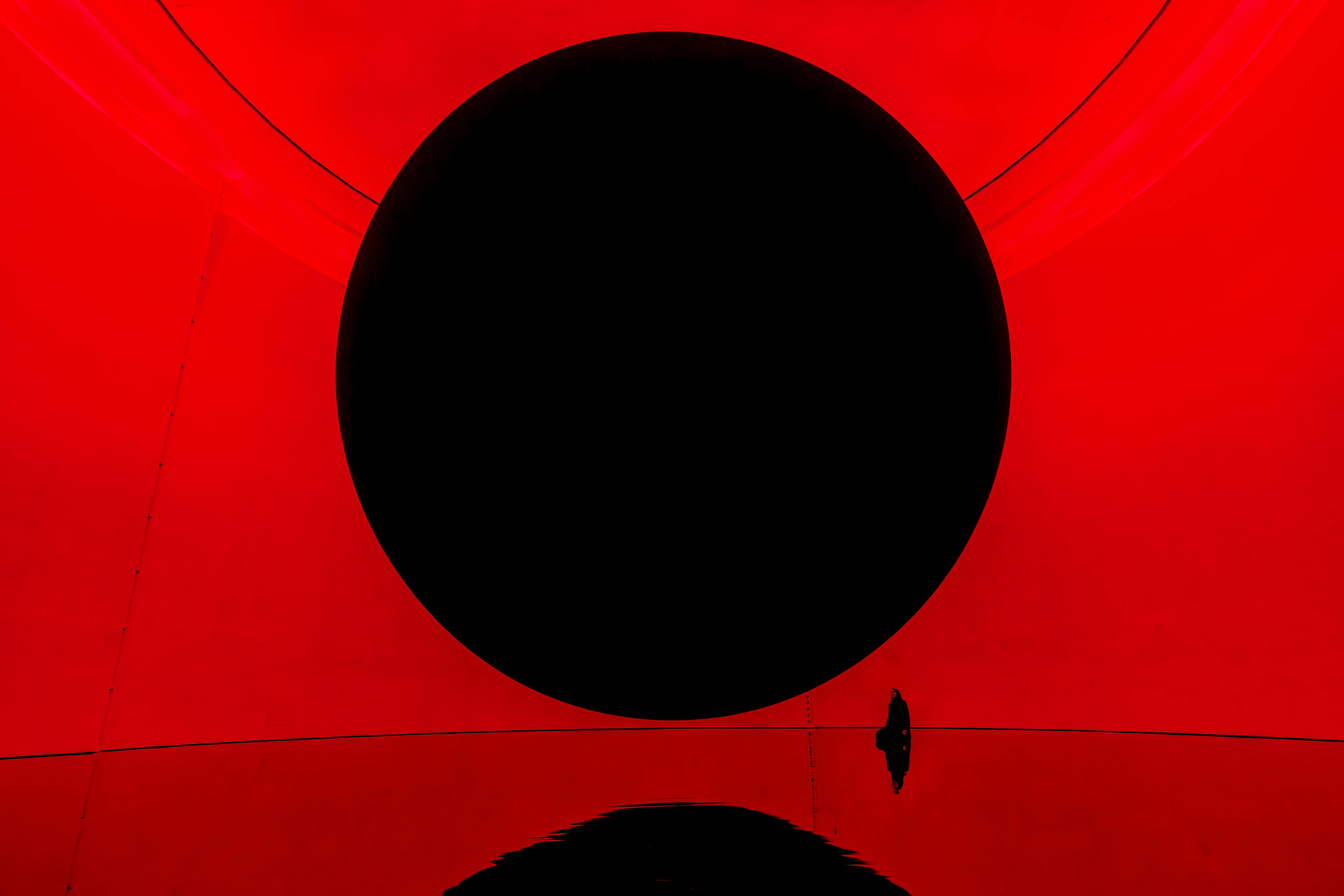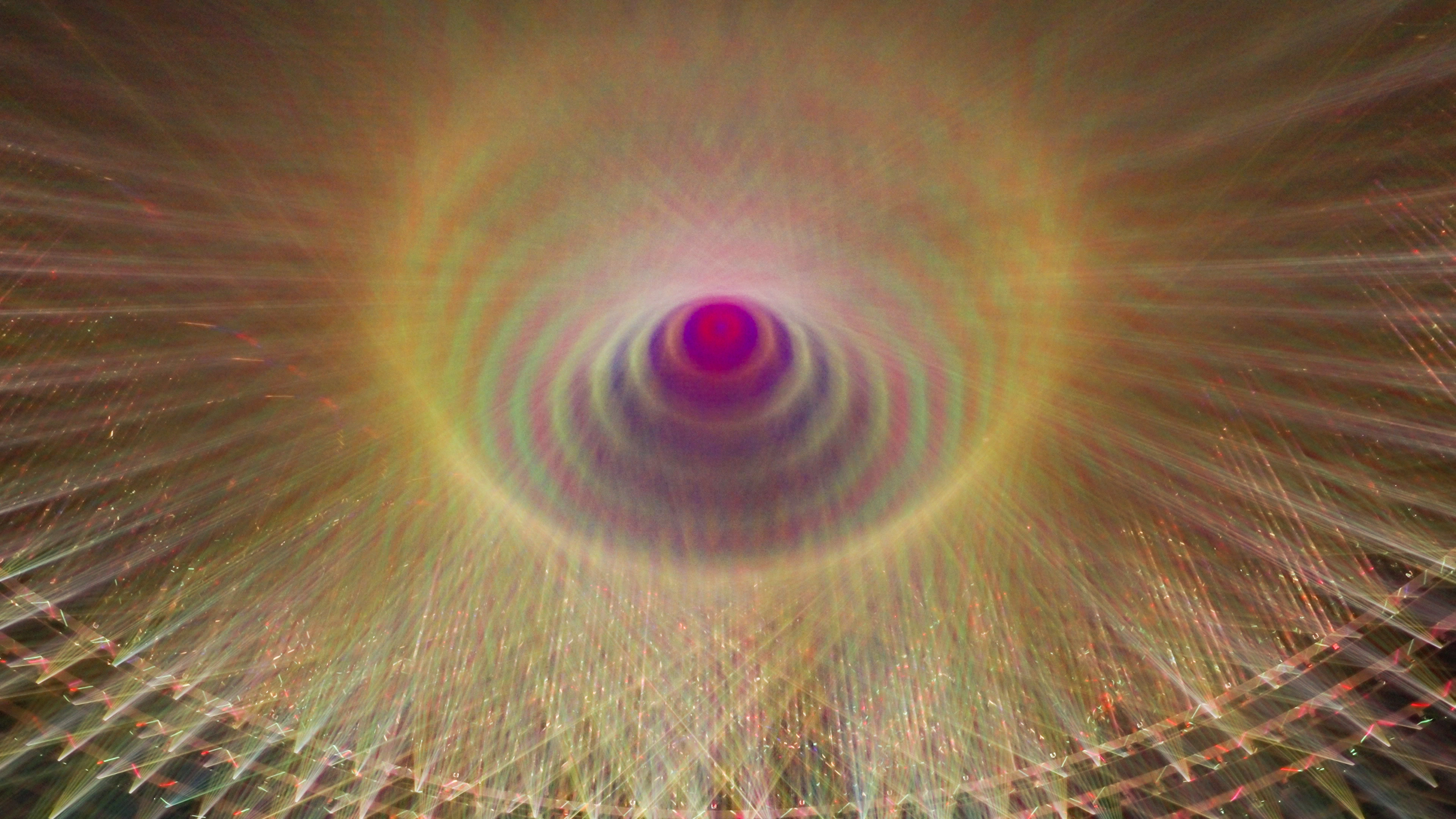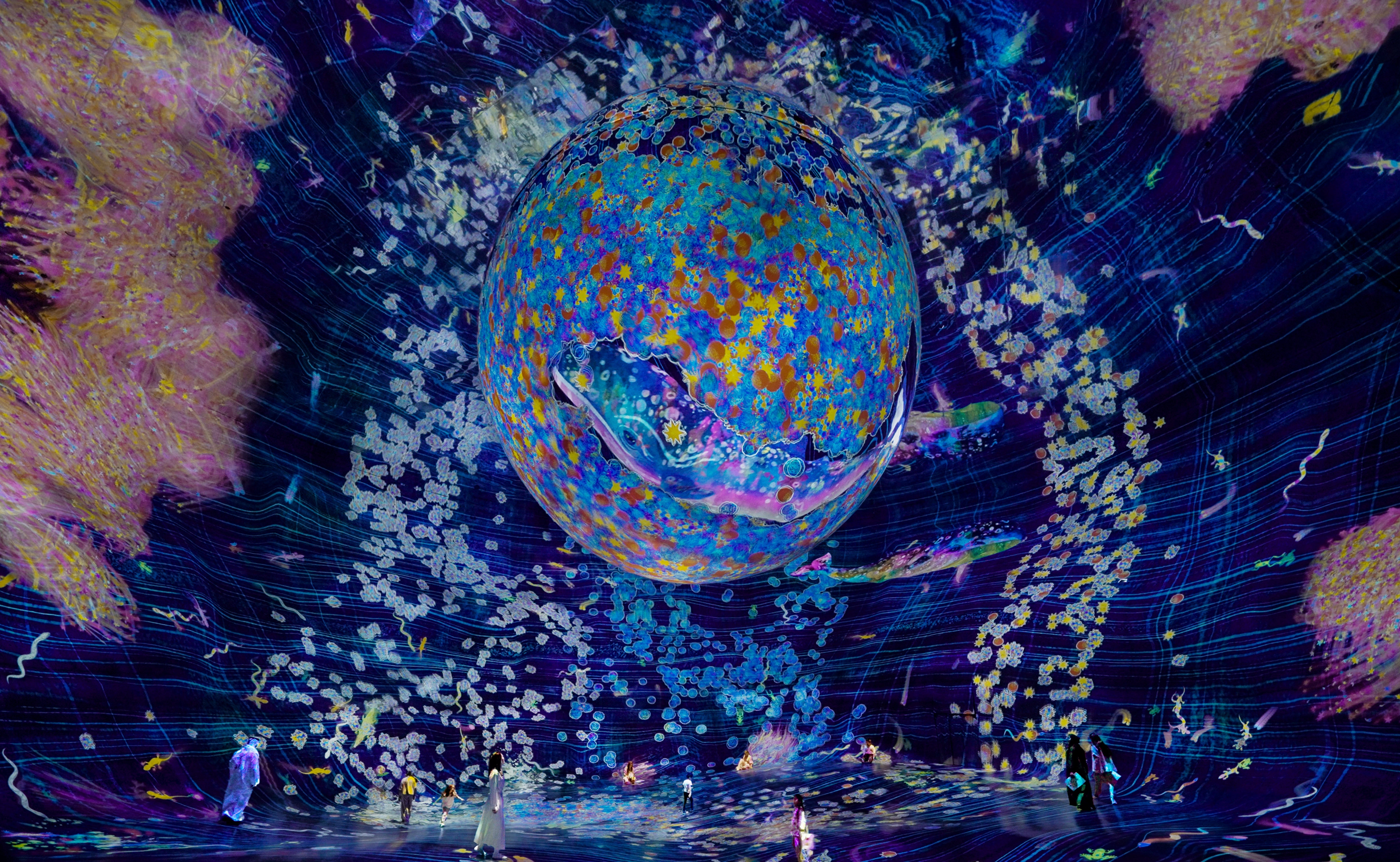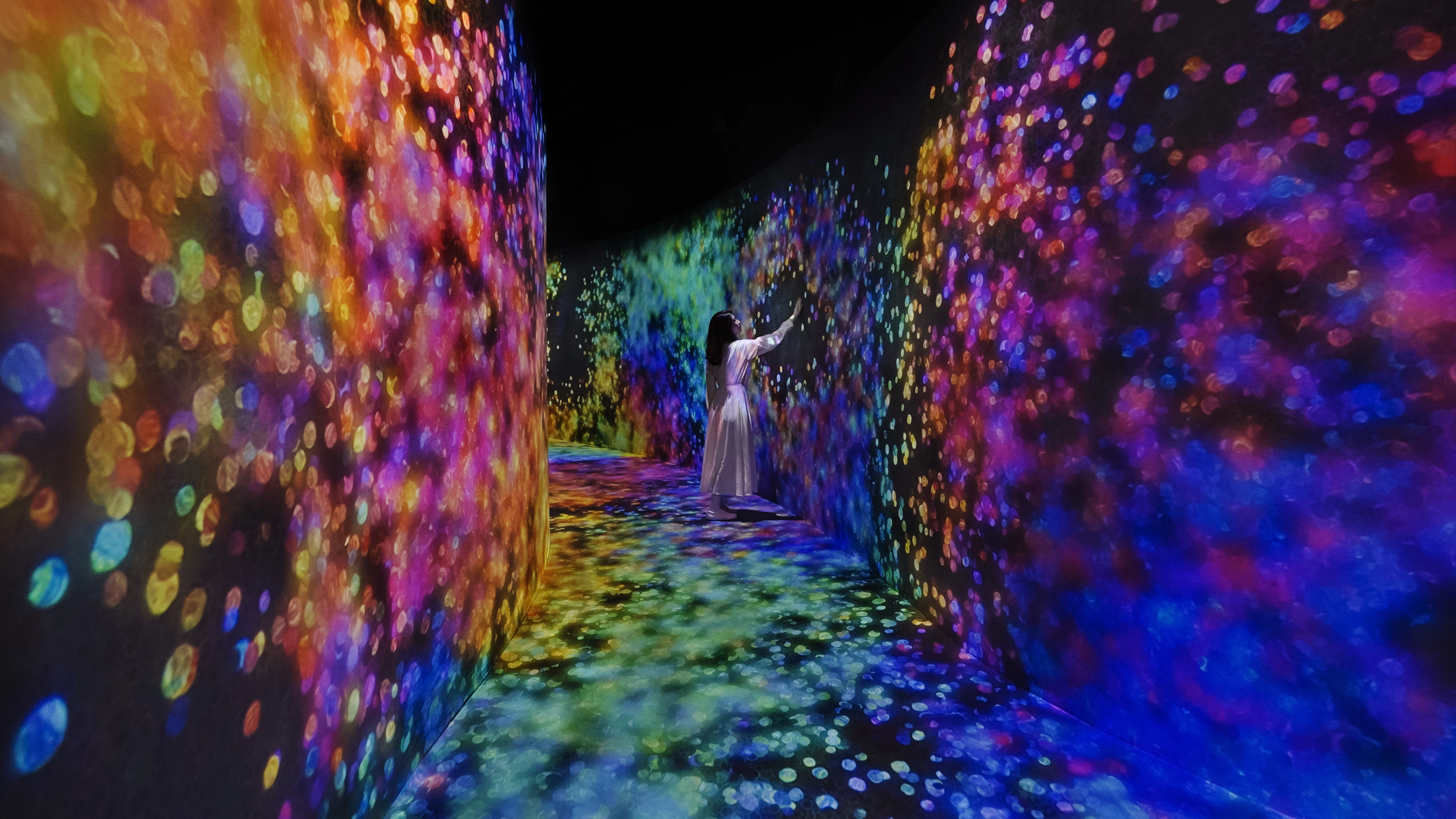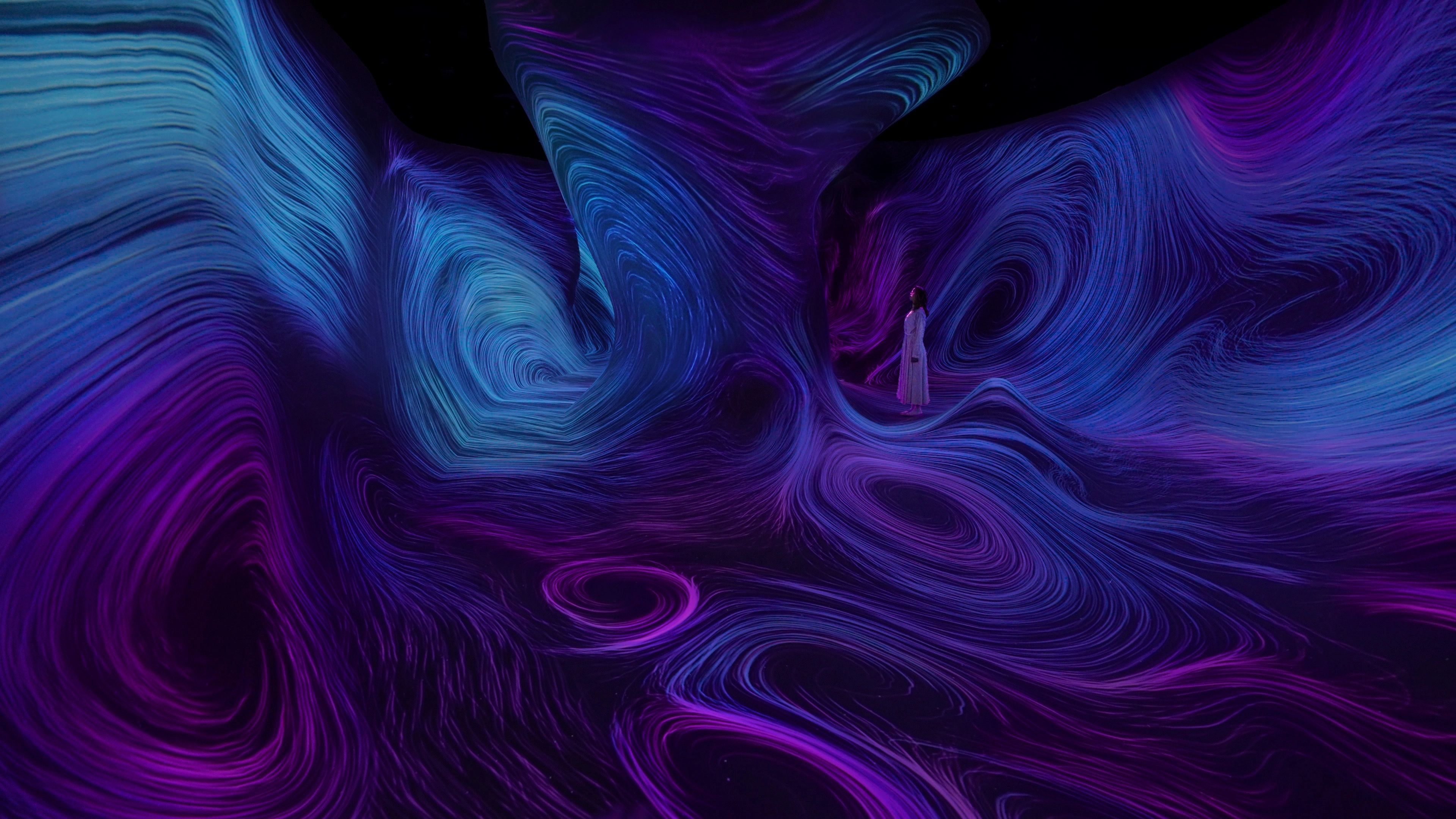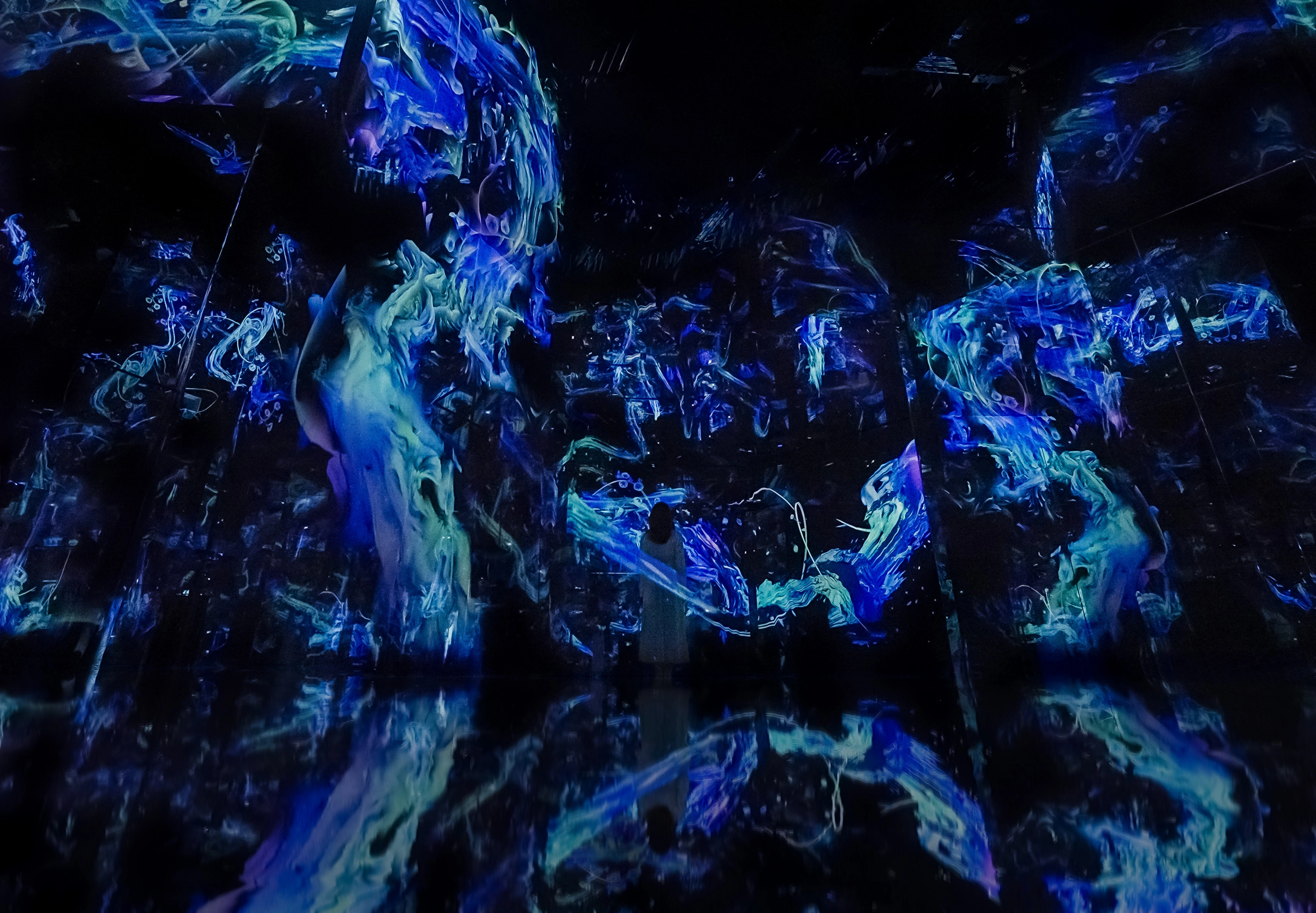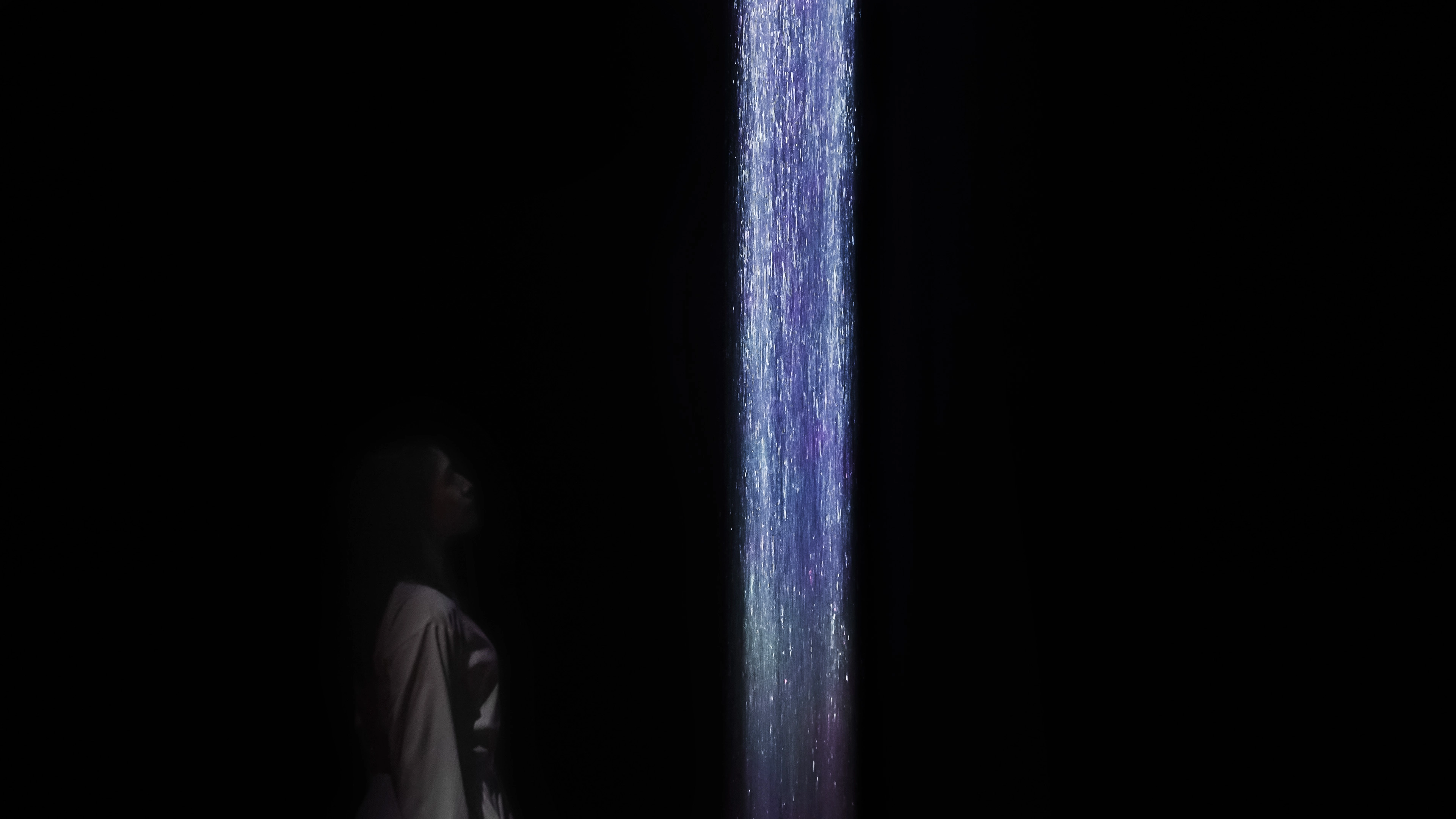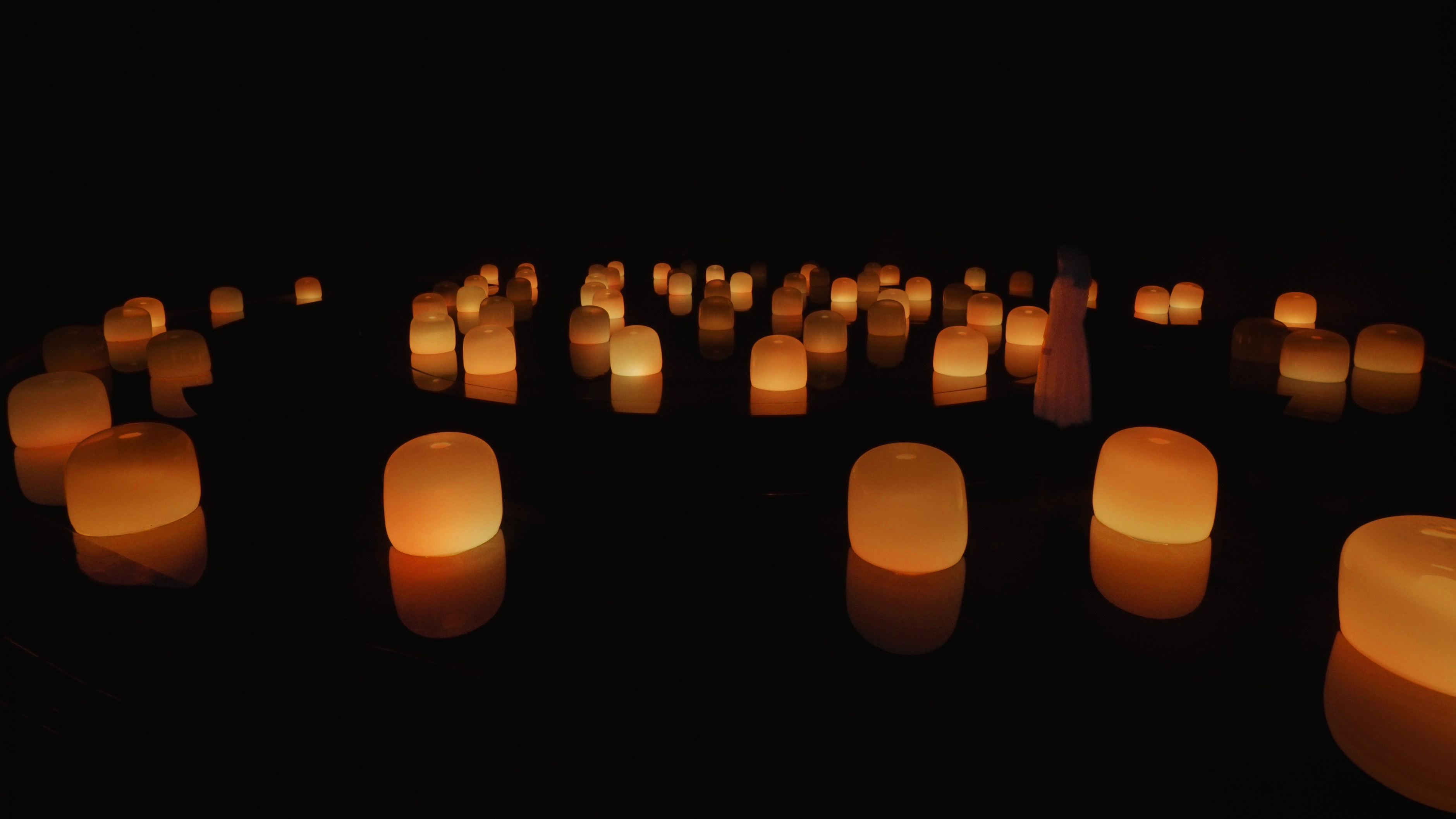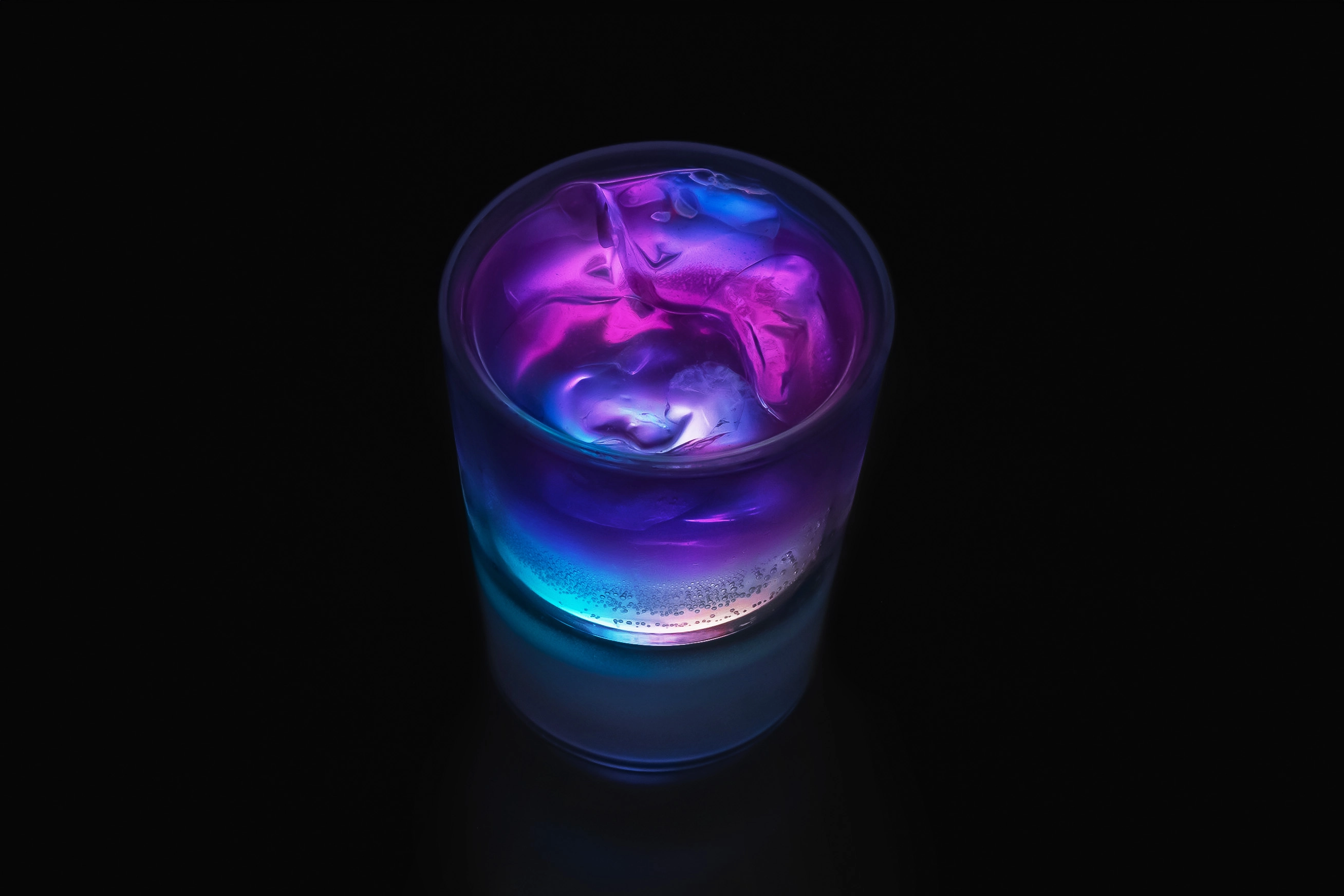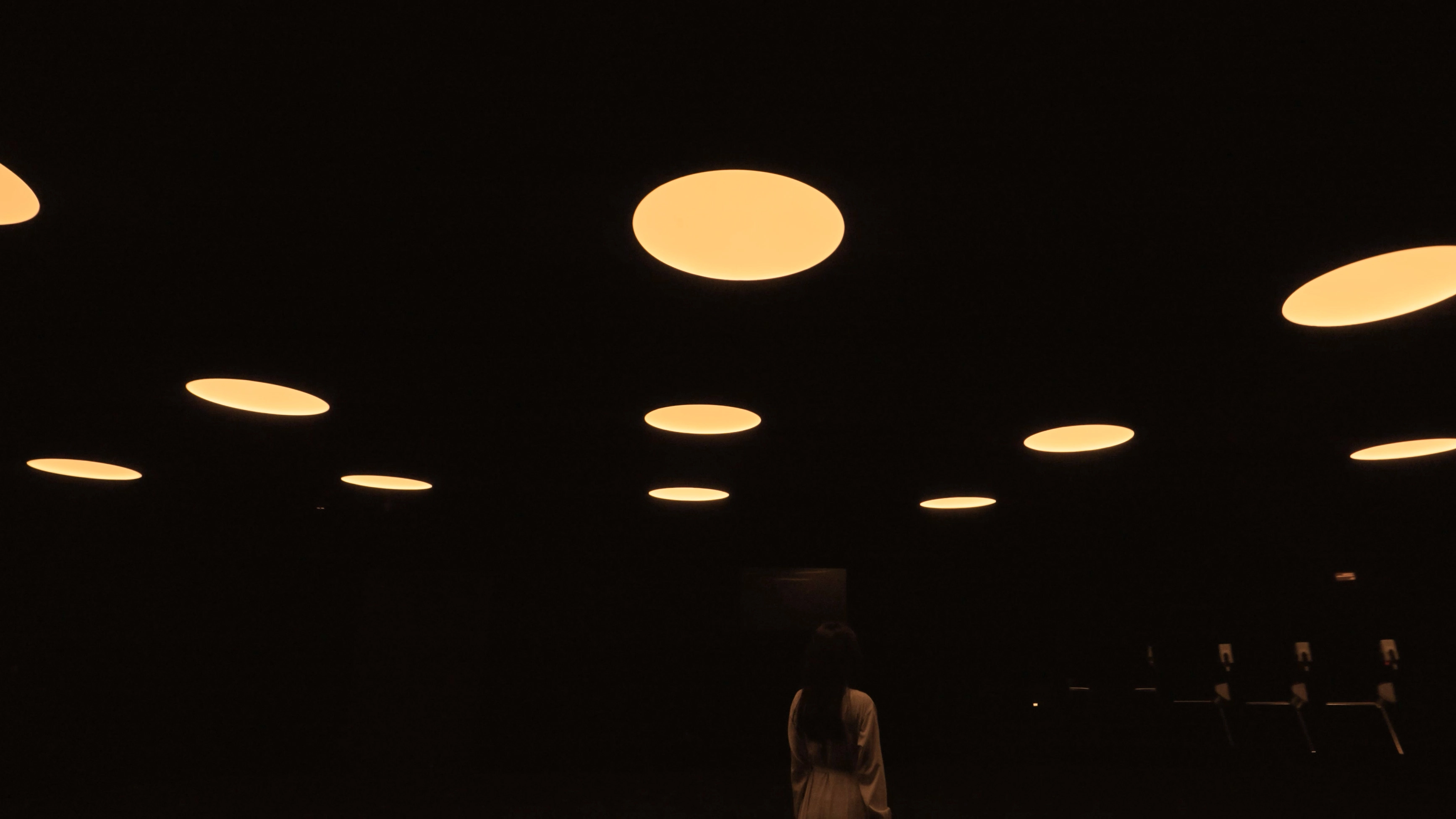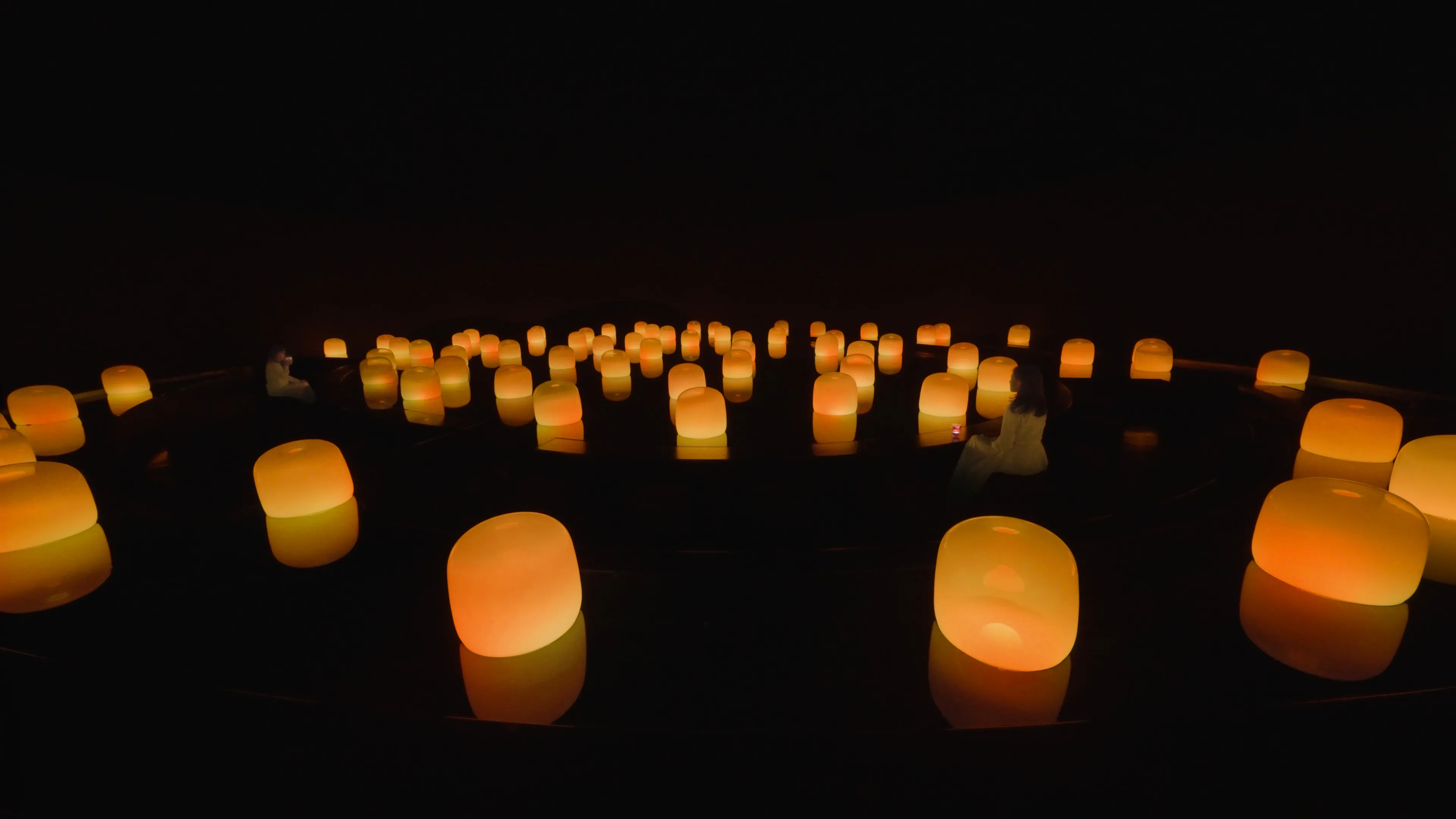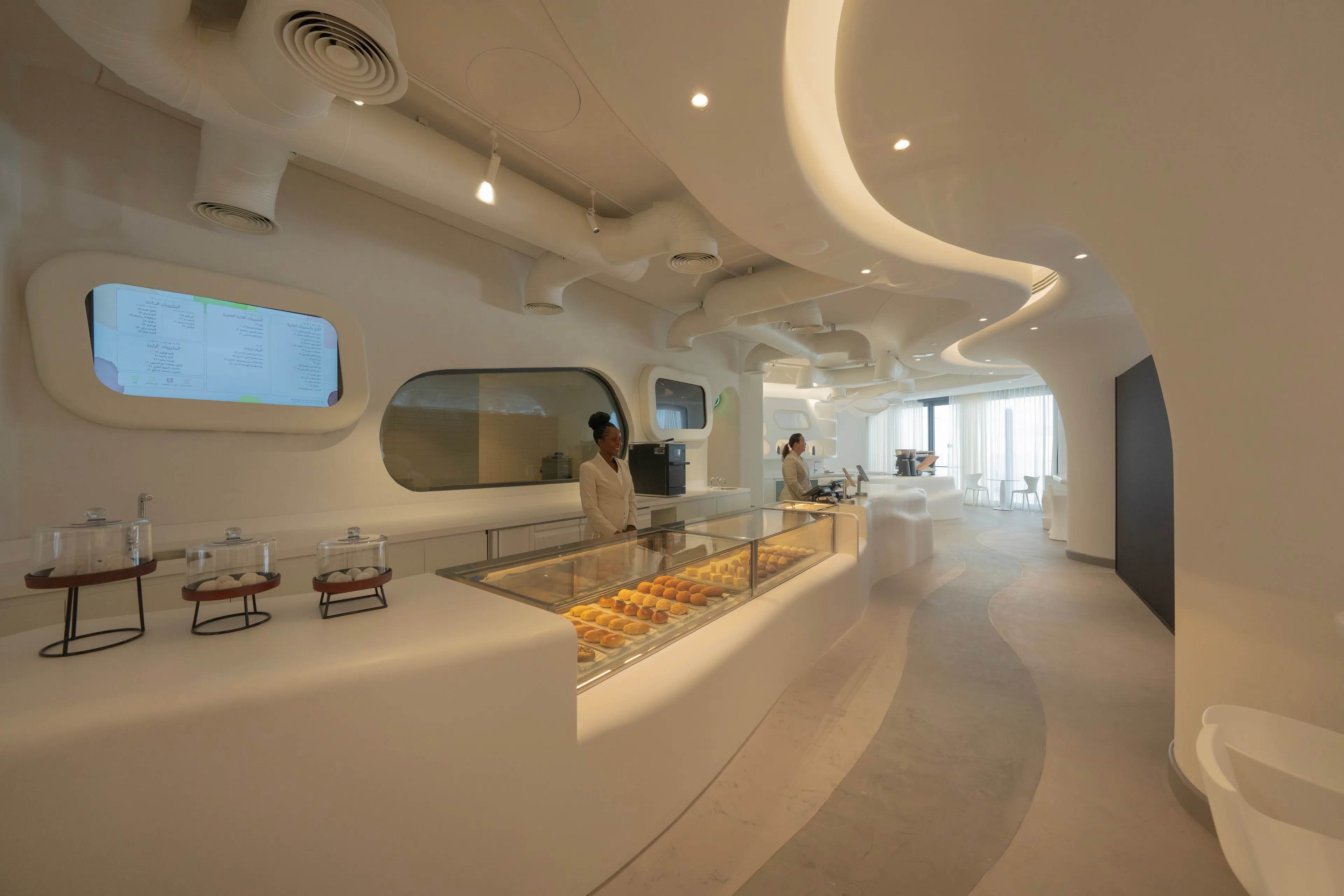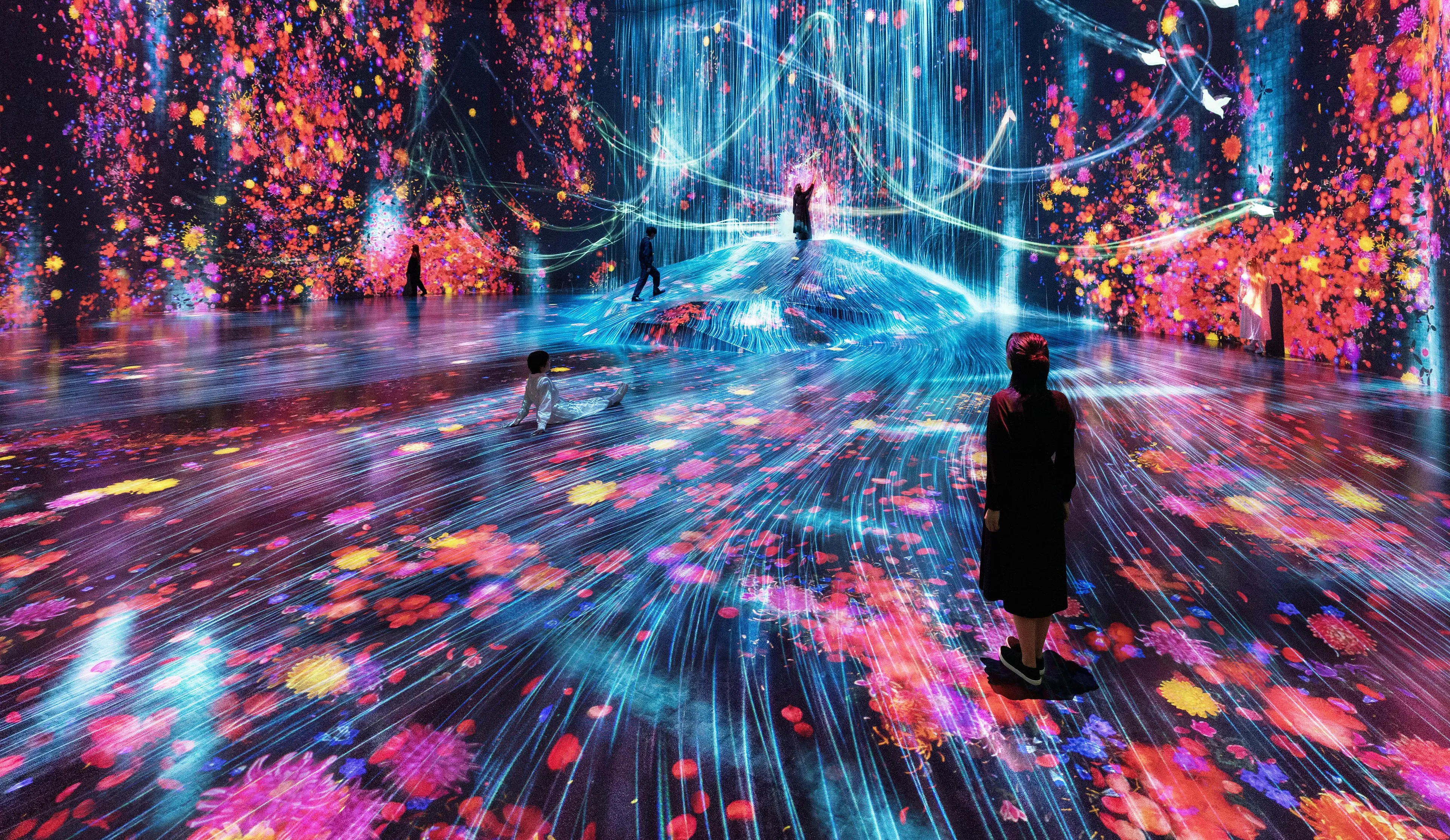Order in Chaos
The strokes of color in this artwork do not have an overall focus; there is no guidance and no external influence. Through simple, localized interactions between color strokes and people, spontaneous order continuously emerges on its own, even as everything moves toward disorder.
Even if individual strokes are distant in space and time, when spontaneous orders appear, individual elements transcend space and time and form a single entity. Despite significant changes in shape or size on the surface, or even if the individual elements are replaced, the single existence will be maintained.This spatiotemporal existence is a part of the sea of disorder, it is swallowed by the sea, and yet continues to emerge from the disorder.Order and disorder, existence and the whole, continuously flow into one another without boundaries, as they rise and fall, collide and merge.
Images created by camera lenses and perspective represent the illusion of space, depicting a three-dimensional space on a two-dimensional plane. In this illusion, the three-dimensional space appears beyond the two-dimensional surface, and the viewers are in a different space from the three-dimensional space, making the two-dimensional plane a boundary. With this, the viewpoint is fixed, and the viewer’s body is absent. In contrast, this artwork does not create an illusion of space. Instead, the space of the artwork directly exists in the same space as the viewer's body. Walls and floors do not act as a boundary between the person and the space of the artwork, but rather, the space of the artwork integrates with the space in which the viewer's body exists. The viewpoint is not fixed, and their body remains free.

